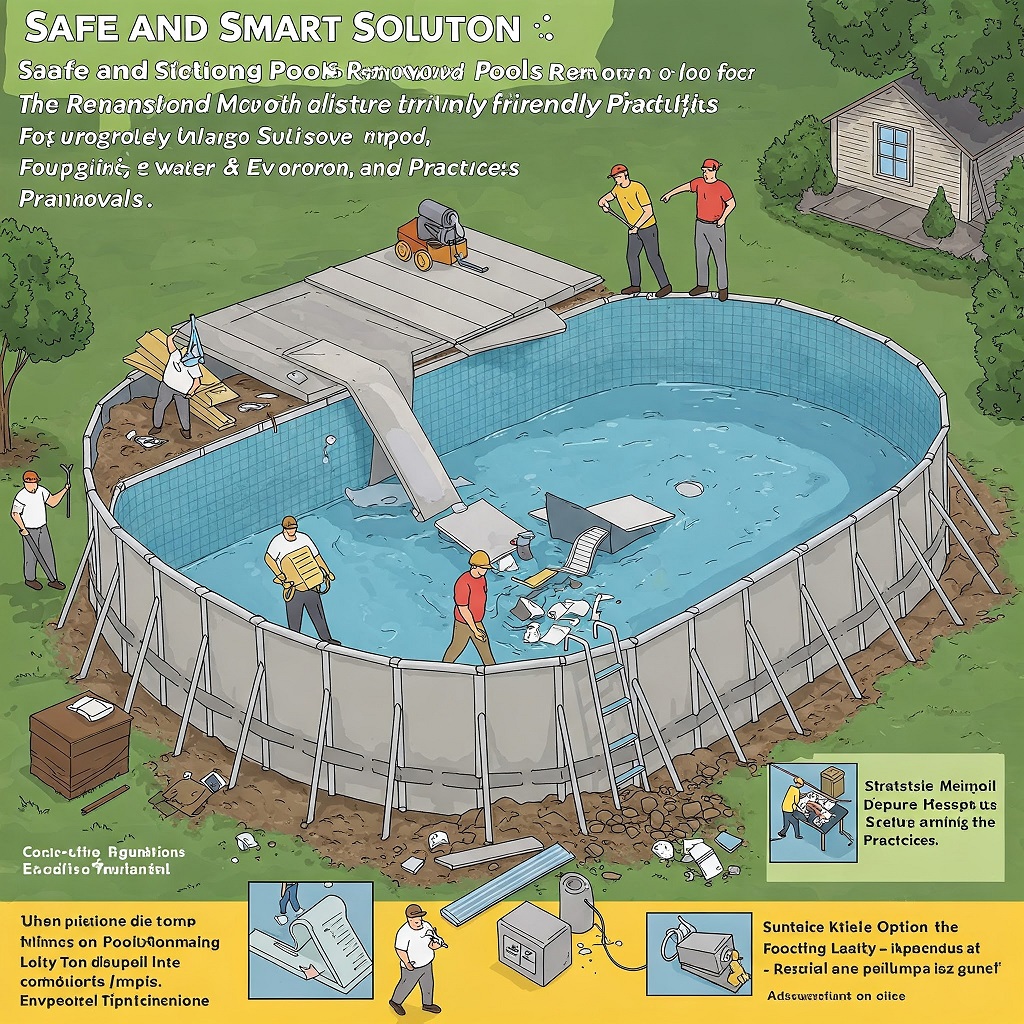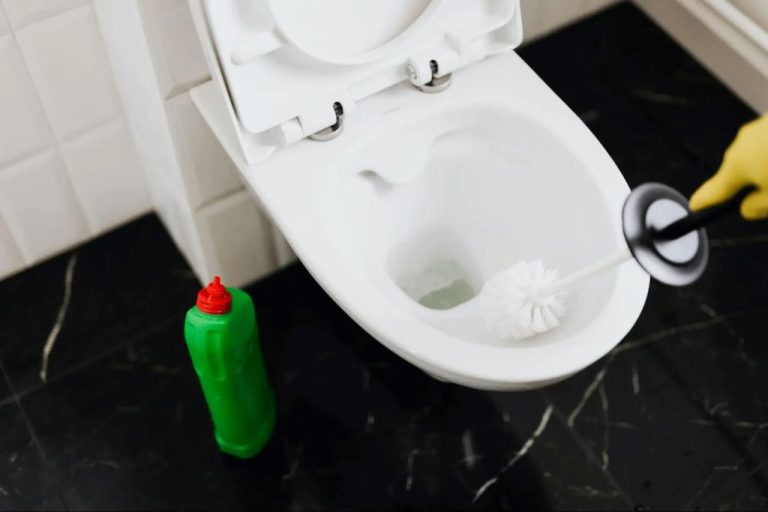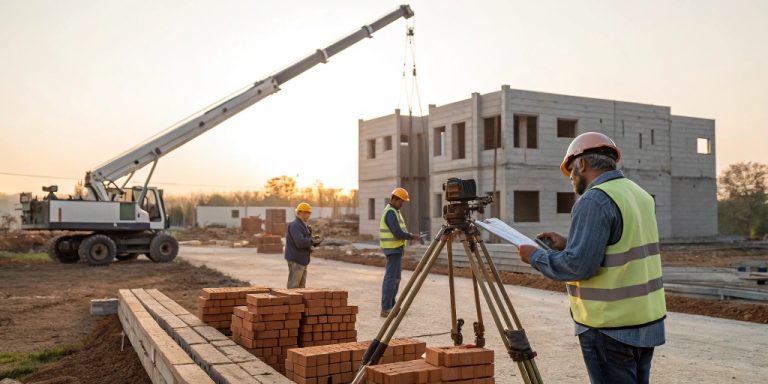Introduction
Removing an above-ground pool can seem daunting, but with the proper guidance, it becomes a systematic and rewarding process. Many homeowners choose above ground pool removal as an innovative solution to reclaim their outdoor area, whether due to high maintenance costs, safety issues, or an underutilized space. Deciding to remove a pool opens up numerous possibilities for your backyard, transforming it into a space that suits your lifestyle and preferences better.
Why Consider Removing Your Above-Ground Pool?
There are numerous motivations behind choosing to remove an above-ground pool. Maintenance can be costly and time-consuming, as pools require regular cleaning, chemical balancing, and repairs. Unexpected insurance costs and property taxes can also add to the financial burden. The U.S. Consumer Product Safety Commission emphasizes that safety and liability considerations are significant factors; pools can be hazardous environments without proper supervision and maintenance, especially for children and pets. By removing a pool, homeowners can eliminate these concerns and create a safer and more versatile outdoor space suited to various activities and relaxation.
Planning for a Pool-Free Backyard
Transforming your backyard starts with careful planning and visualization of the space’s new potential. First, assess your current layout and consider what features would benefit your household the most. A well-thought-out plan involves visualizing the outcomes and factoring in logistical aspects such as budget, timelines, and design. Resources like Better Homes & Gardens provide valuable insights into the planning process, helping homeowners make informed decisions about pool installation and outdoor improvements. Early steps ensure a smooth transformation, resulting in a harmonious, functional yard that enhances aesthetics and property value.
Safety Precautions You Must Take
When dismantling and removing an above-ground pool, safety precautions are crucial. Disrupting electrical connections and managing heavy equipment requires precise care. Always ensure that the power supply to the pool and related installations, such as lights or heaters, is completely disconnected. Moreover, wearing appropriate protective gear like gloves and goggles is essential to avoid injuries. Proper safety measures safeguard you and anyone assisting with the project against potential accidents and legal liabilities, ensuring the entire process is conducted smoothly and safely.
Step-by-Step Guide to Removing Your Pool
- Preparation: The preparation stage is crucial for a smooth and efficient pool removal. Begin by draining the pool completely using a submersible pump, which helps expedite the process compared to manual siphoning. Protect the drained water from your home’s foundation and nearby structures to prevent water damage or flooding. Additionally, check local regulations regarding pool drainage to ensure compliance with environmental guidelines. Once the pool is empty, disconnect all electrical and plumbing connections safely. Shut off the power supply to any pool-related equipment, such as the pump, heater, and filtration system, before detaching them. Cap off all open plumbing lines to prevent leaks, contamination, or debris buildup. Double-check that gas lines, if applicable, are also safely disconnected and sealed. Implementing these precautions reduces the likelihood of accidents during disassembly and guarantees that all components are deactivated.
- Disassembling: With preparations complete, proceed with disassembling the pool structure. Start by removing all external accessories, including ladders, handrails, skimmers, lighting fixtures, and any decking or fencing surrounding the pool. Store or dispose of these items based on their condition and potential for reuse. Next, carefully dismantle the main structural components of the pool. If it’s an above-ground pool, detach the top rails, sidewalls, and support posts. For in-ground pools, excavation may be necessary to remove concrete, fiberglass, or vinyl liners. If the structure is held together with bolts or screws, use appropriate tools to avoid damaging reusable parts. Labeling pieces as you remove them can simplify disposal, recycling, or storage if you plan to repurpose materials.
- Removal: Give close attention to the liner and frame while removing them. If the liner is vinyl, consider dividing it into smaller pieces for more straightforward handling and disposal. For metal, wood, or plastic structural components, assess whether they can be recycled or repurposed before discarding them. Transport large debris safely using a truck or trailer, and check with local waste management services to determine the best disposal methods. If the pool has a concrete foundation, breaking it up may require heavy machinery such as a jackhammer or excavator. Hiring professionals for this step can save time and ensure proper removal without causing structural damage to nearby areas. Be mindful of underground utilities and tree roots that excavation might affect.
- Site Restoration: After the pool has been completely removed, the following step is to revert the area to its initial state or set it up for upcoming endeavors. Start by refilling the area with an appropriate material, like clean fill dirt or a blend of gravel and soil, ensuring it is properly compacted to avoid settling. Grade the land to form a flat surface, which is crucial when installing new landscaping, a patio, or another structure. To transform the space into a garden or lawn, perform a soil test to assess nutrient levels and pH balance. Adding topsoil and organic matter can improve soil fertility and support healthy plant growth. For grass installation, consider laying sod or planting seeds based on your climate and maintenance preferences. Proper site restoration ensures the space remains functional and visually appealing, eliminating potential hazards from leftover debris or uneven ground.
Eco-Friendly Disposal of Pool Materials
Environmentally conscious disposal of pool materials is essential in reducing ecological effects following a pool’s removal. Correct disposal not only aids in minimizing landfill waste but also encourages the reuse of precious resources. Numerous pool elements can be recycled or reused, including metal structures, plastic components, and vinyl liners.
Metal frames and supports, typically made of aluminum or steel, can be taken to a scrap metal recycling center, where some facilities may even offer compensation for these materials. Plastic components, including pool walls, ladders, and accessories, should be checked with local recycling centers to determine which types they accept. While vinyl liners are not traditionally recyclable, some specialized programs or upcycling initiatives may repurpose them into tarps or other valuable materials.
If recycling is not an option, repurposing materials creatively is a sustainable alternative. Old vinyl liners can be cut into waterproof tarps, used as ground covers for gardening, or transformed into slip-and-slide play areas. Metal frames may serve as garden trellises, fencing, or for other DIY projects, while functional pool pumps and filters can be donated or resold to those needing replacement parts. Proper disposal is also essential for materials that cannot be recycled or reused. Pool chemicals should never be dumped into drains or natural water sources but should instead be handled by hazardous waste disposal services. Non-recyclable plastics and other debris should be disposed of following local waste management guidelines, as some areas provide bulk waste pickup or designated landfill drop-off sites.
Another responsible approach is donating pool materials that are still in good condition. Community organizations, schools, or charities may find value in second-hand pool equipment, and youth centers or sports clubs might appreciate donated supplies. By following these eco-friendly disposal methods, you contribute to sustainability efforts while ensuring that waste from your pool dismantling project is managed responsibly.
Creative Ideas for Repurposing Your Backyard Space
With the pool out of the way, your backyard becomes an open canvas for creativity and transformation. Instead of seeing the space as a loss, view it as an opportunity to design an outdoor area that suits your needs and lifestyle better.
- Garden Paradise – Turn your backyard into a lush retreat by planting a thriving vegetable, herb, or flower garden. Raised garden beds, trellises for climbing plants, and decorative pots can add beauty and functionality. Incorporating native plants ensures low maintenance and sustainability.
- Outdoor Living Room – Create a cozy outdoor lounge space with weatherproof furniture, ambient lighting, and perhaps a fire pit for warmth and atmosphere. A pergola or shade sail can offer respite from the sun, making the area usable year-round.
- Play Haven for Kids – Design an engaging play area with a swing set, sandbox, or treehouse. A soft grass or rubber mulch surface ensures safety, while interactive elements like a chalkboard wall or outdoor musical instruments can keep children entertained.
- Entertainer’s Delight—If you love hosting, consider an outdoor dining space with a built-in barbecue, pizza oven, or even a full kitchen. A deck or stone patio can define the space, while string lights and lanterns create a welcoming ambiance for evening gatherings.
- Zen Retreat – For relaxation and mindfulness, a meditation garden with a small water fountain, stepping stones, and comfortable seating can provide a peaceful escape. Adding elements like wind chimes, aromatic plants, or a hammock enhances the tranquility of the space.
- Multi-Use Space—Blend different elements to cater to various activities. A backyard can include a small putting green, a yoga platform, or an outdoor movie setup with a projector and screen. The key is to design a space that adapts to your evolving needs. Advice from local gardening societies and landscapers can help determine the best plants and design elements for your climate, ensuring your new yard is beautiful and sustainable.
Conclusion: Embracing Change for a Better Outdoor Space
Transforming your backyard after removing a pool is more than just a renovation—it’s an opportunity to craft a space that enhances your lifestyle, boosts your property’s value, and fosters enjoyment. The possibilities are endless, whether you envision a garden oasis, a lively entertainment hub, or a peaceful retreat. By thoughtfully planning and implementing your vision, you can create a dynamic, multi-functional outdoor space that brings joy and inspiration for years.











+ There are no comments
Add yours